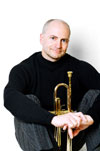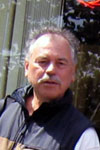Weekend Warriors
Articles for part-time or older brass players

Lessons Learned from the Slide Trumpet
Chase Sanborn
While the trombone slide is often considered somewhat of an impediment compared to valves (Vincent Bach actually predicted its extinction...
Lessons Learned from the Slide Trumpet
While the trombone slide is often considered somewhat of an impediment compared to valves (Vincent Bach actually predicted its extinction...

It's About Breathing: Playing Trombone with Asthma
Murray Polson
Asthma and the trombone both depend on air flow: asthma constricts that flow while the trombone needs a smooth and...
It's About Breathing: Playing Trombone with Asthma
Asthma and the trombone both depend on air flow: asthma constricts that flow while the trombone needs a smooth and...
